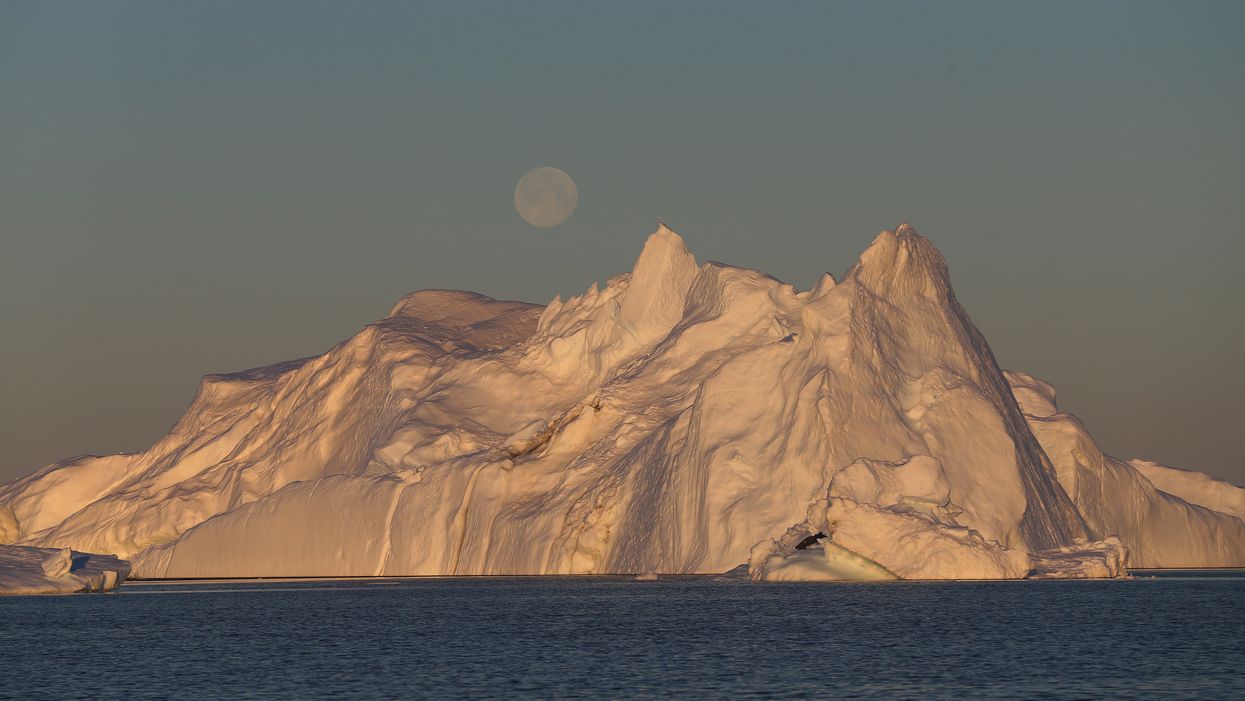
Joe Raedle/Getty Images

'At first we didn't believe it.'
In January, freshman Rep. Alexandria Ocasio-Cortez (D-N.Y.) claimed the world "is going to end in 12 years if we don't address climate change."
But according to new data from NASA, one of the previously fastest shrinking glaciers in the world is growing again, calling into question the narrative that rapid climate change — i.e., global warming — poses a significant threat to the existence of the human race, let alone the entire planet.
For the last 20 years, the Jakobshavn Glacier in Greenland was one of the fastest shrinking ice sheets in the world, losing on average 1.8 miles of ice annually while thinning 130 feet per year, according to The Associated Press.
But in 2016 something changed: The glacier began growing again, at about the same rate it was previously retreating, researchers at NASA's Jet Propulsion Laboratory said in a newly published Nature Geoscience journal article.
"At first we didn't believe it. We had pretty much assumed that Jakobshavn would just keep going on as it had over the last 20 years," Ala Khazendar, the study's lead author, said, according to USA Today.
More from the AP:
A natural cyclical cooling of North Atlantic waters likely caused the glacier to reverse course, said study lead author Ala Khazendar, a NASA glaciologist on the Oceans Melting Greenland (OMG) project. Khazendar and colleagues say this coincides with a flip of the North Atlantic Oscillation — a natural and temporary cooling and warming of parts of the ocean that is like a distant cousin to El Nino in the Pacific.
The water in Disko Bay, where Jakobshavn hits the ocean, is about 3.6 degrees cooler than a few years ago, study authors said.
In fact, the study said the waters in the region have cooled to temperatures not seen in more than 30 years.
While the development seems positive on the surface, it could spell bad news for the overall direction of the climate.
NASA climate scientist Josh Willis, who participated in the study, noted that while the glacier's growth is positive, the study proves that glaciers are more sensitive to ocean temperature changes than previously thought, which could mean disaster in the future if the oceans experience sudden warming.
"All this is an indicator of how sensitive glaciers are to ocean temperatures," Khazendar explained to National Geographic.
Meanwhile, University of Washington ice scientist Ian Joughin compared NASA's latest findings to that of the stock market.
"[The glacier's growth is] to a large extent, a temporary blip. Downturns do occur in the stock market, but overall the long-term trajectory is up. This is really the same thing," he told the AP.